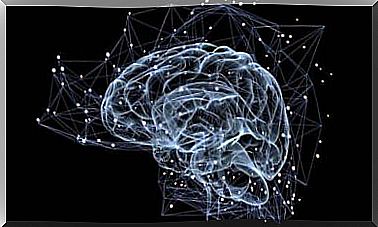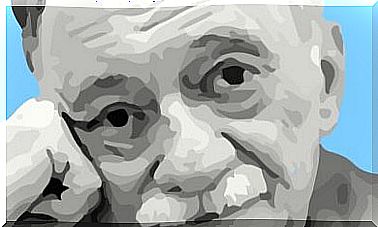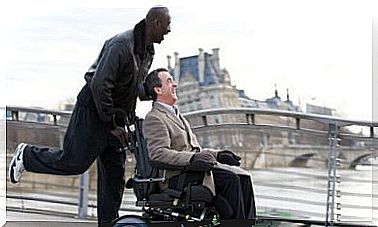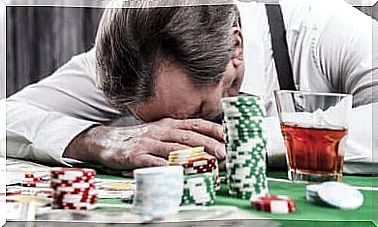Trauma: The Unopened Pandora’s Box

Life flows as if it were a story, but many plots are interrupted by events that become a trauma. It just happens, and life goes on, and nobody prepares us for it.
In many cases, remorse or guilt, more than the memory of the event, causes suffering to people with past trauma. They despise each other, they are terrified, they get angry, they feel they are losing control… They are certain that they could have done more, that they could have been more careful, that they could have delayed or chosen another way home. They despise themselves for not predicting the future, they judge themselves harshly when it is over, and the rest of the more probable possibilities have vanished and only one is left. What really happened.
The reality of the trauma
Trauma belongs to the past, but the scars it leaves are deep and in some cases permanent, conditioning the person in his emotions, thoughts and behaviors. With the Rorschach technique it was discovered that traumatized people tend to superimpose the trauma on everything around them.
In other words, it also affects the imagination, which is necessary to contemplate new possibilities. Paradoxically and by way of example, it has been found that many war veterans only really felt alive when they remembered their traumatic past.

Trauma: mind, brain and body
Helping trauma victims tell their story is important, but helping them build a story or encourage them to do it, and get them to succeed, doesn’t necessarily mean that the traumatic memories go away. In order for there to be a change, the body must learn to live in the present reality, without fearing the danger that is now past.
Research has shown that people who are abused in childhood usually exhibit sensations that lack a physical cause. For example, they hear alarming voices or have self-destructive or violent behavior. The raw fragments of the trauma are recorded on the fringes of the story.
When traumatized people are shown stimuli related to their traumatic experience, the amygdala (center of fear) reacts, activating the alarm signal. This activation triggers a cascade of nerve impulses that prepare the body to run away, fight or flee.
The denial of trauma
Some people deny what happened to them, but their bodies recorded everything they experienced, including the threats. Thus, we can learn to ignore the messages of the emotional brain, but the body’s alarm system does not stop.
Denial causes the physical effects of trauma on the organism to end up expressing themselves as a disease that demands attention: fibromyalgia, chronic fatigue, immune diseases … Medicines or drugs could extinguish or cancel the unbearable sensations and feelings. It is therefore very dangerous to treat trauma on a mental, cerebral and bodily level.

A tragic adaptation
Several researches have been conducted to answer a question, “What happens to the brain of a trauma survivor?” . Let us ask another question: “What does the brain do when we are not thinking about anything concrete?”. The answer seems to be that we pay more attention to ourselves, this is also known as “the crest of self-awareness”.
For example, by analyzing the areas related to self-perception in patients with PTSD (Post Traumatic Stress Disorder) who suffered trauma during their childhood, no activation was recorded. There was only very low activity in the area responsible for basic spatial orientation.
Frewen and Ruth Lanius found that the more people manage to detach themselves from their feelings, the less self-perceptive their reactions will be. These results are explained by the fact that, as a consequence of the trauma, these people learn to disconnect the brain areas that transmit feelings and emotions that accompany and define terror.
The threat of the ego
The elementary ego system is located between the brain stem and the Libyan system, which is activated when a danger is perceived. The feeling of fear and terror is accompanied by an intense physiological activation. When people relive the trauma, they also relive the threatening sensation, which paralyzes or infuriates. After the trauma, the mind and body are constantly activated, as if they were again facing that imminent danger.
Traumatized people feel that the past is still alive in their body, because visceral alarm signals are constantly bombarding them. Many of them feel chronically insecure and to each sensory change they respond by disconnecting, with panic attacks, with external remedies (drugs, medicines, compulsions…). Thus, the inability to connect with one’s body in a lasting way explains the lack of self-protection, the difficulties in feeling pleasure and in finding purpose, and the high levels of victimization.









